12 tips for healthy eating on a budget
Is it possible to eat well for less? Our tips for healthy eating on a budget will show you how
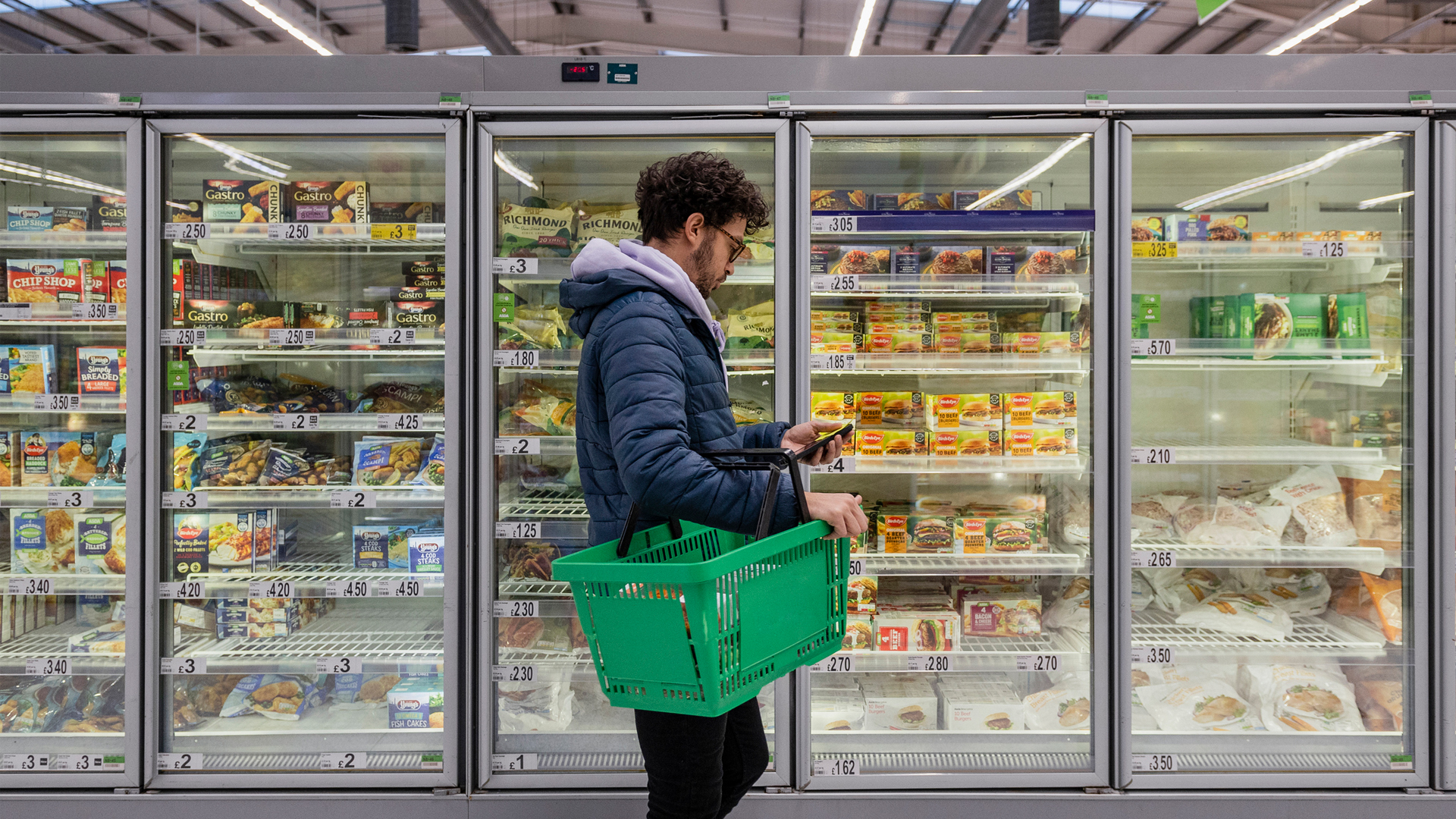
- 1. Plan your meals and shopping list
- 2. Head for the canned and frozen aisles
- 3. Never miss another coupon
- 4. Be a loyal customer
- 5. Choose wholemeal grains where you can
- 6. Buy meat in bulk and freeze it where you can
- 7. Find affordable sources of protein
- 8. Understand the price tags
- 9. Buy in season
- 10. Grow your own
- 11. Avoid big-brand names
- 12. Make the most of those leftovers
It’s never been more important to eat healthily, but eating a variety of fruit, vegetables, and other nutritious foods has become harder for individuals and families in recent years, with food prices surging. We’ve got 12 tips for healthy eating on a budget, to ensure you and your family are eating well every day.
According to the US Department of Agriculture, at least one in 10 US households was food insecure at least some time during 2020, and 5.1m households had very low food security. Experts define food insecurity as being unable to access enough affordable, nutritious food to enable normal growth and development.
In this article, we aim to provide support and information on how families and individuals can access nutritious, affordable foods even on a tight budget. From advice on planning meals and shopping lists to tips on making the most of coupons, we have helpful hints to make your money stretch further. We’ve also spoken to Kimberly Snodgrass, registered nutritionist and spokesperson for the Academy of Nutrition and Dietetics, for her expert advice on finding healthy foods that you can afford.
1. Plan your meals and shopping list
A 2015 study into shoppers living in a food desert found that simply making a shopping list before visiting the grocery store increased the likelihood of a healthier diet and a lower body mass index (BMI). Researchers suggested that making the list acted as a sort of shield from unhealthy food options. With that in mind, here are our tips for planning your meals and creating a shopping list:
- Prepare a schedule of the meals you want to cook throughout the week or month.
- Repeating your family’s favorite meals throughout the month will help you use up any leftover ingredients.
- Check your pantry and refrigerator beforehand so that you don’t buy something you already have enough of.
- Make a shopping list of everything you need and head to the store. It may be tempting to pick up a special offer, but try to keep to the items on the list.
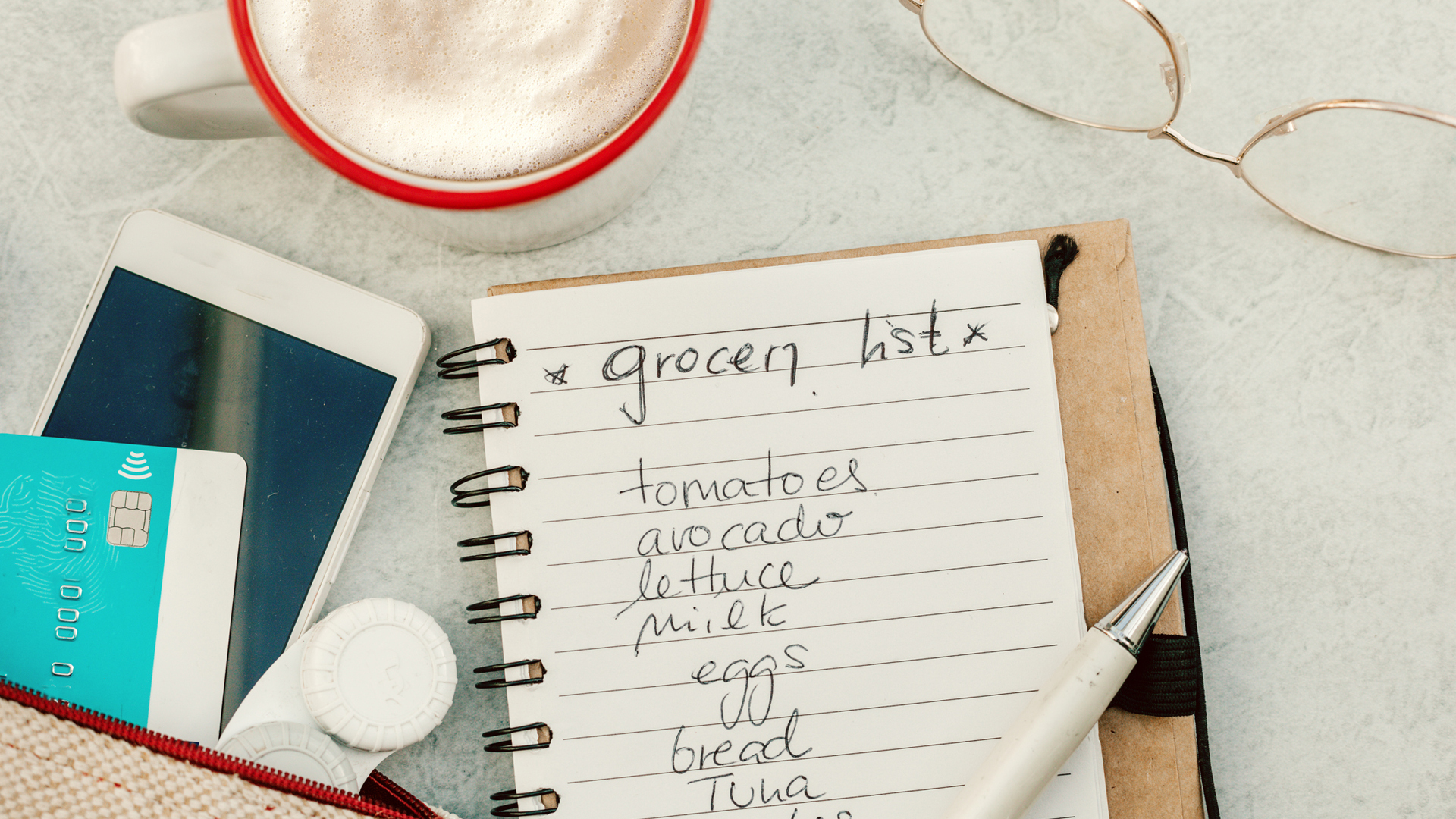
2. Head for the canned and frozen aisles
It’s a myth that fresh fruit and vegetables are better for you than frozen or canned. Frozen and canned fruit and veg are picked when they’re at their most ripe and nutritious. This helps them keep their nutritional value. A 2015 study of eight fruits and vegetables found that the vitamin content of the frozen varieties was the same as, and occasionally better than, the fresh versions.
Frozen and canned fruit and veg are cheaper, pound for pound, than fresh varieties. You can keep them in your freezer until you need them, and save on unnecessary food waste. Use them to make healthy soups, casseroles, and fruit or vegetable smoothies, or simply steam, boil or microwave them to serve as healthy veggie sides to your main meal.
“If you purchase canned fruits, opt for labels that say, ‘no added sugar’ or canned in ‘natural juice’,” advises Snodgrass. “If you purchase canned vegetables, opt for labels that say, ‘no added salt’ or ‘low sodium’.”
Get the world’s most fascinating discoveries delivered straight to your inbox.
3. Never miss another coupon
Many grocery stores feature peel-off coupons along the aisles, on items, or give them to you with your receipt. Go through your junk mail to see if you’ve been sent any coupons, and look at local newspapers for special offers.
Keep your coupons in a safe place and go through them once a month when you’re planning your monthly meals. If you have great-value coupons for certain items, try to build a meal around those ingredients, as it’ll make your dollar go further.
Encourage your friends to collect coupons too, then you can swap coupons you won’t use with them.
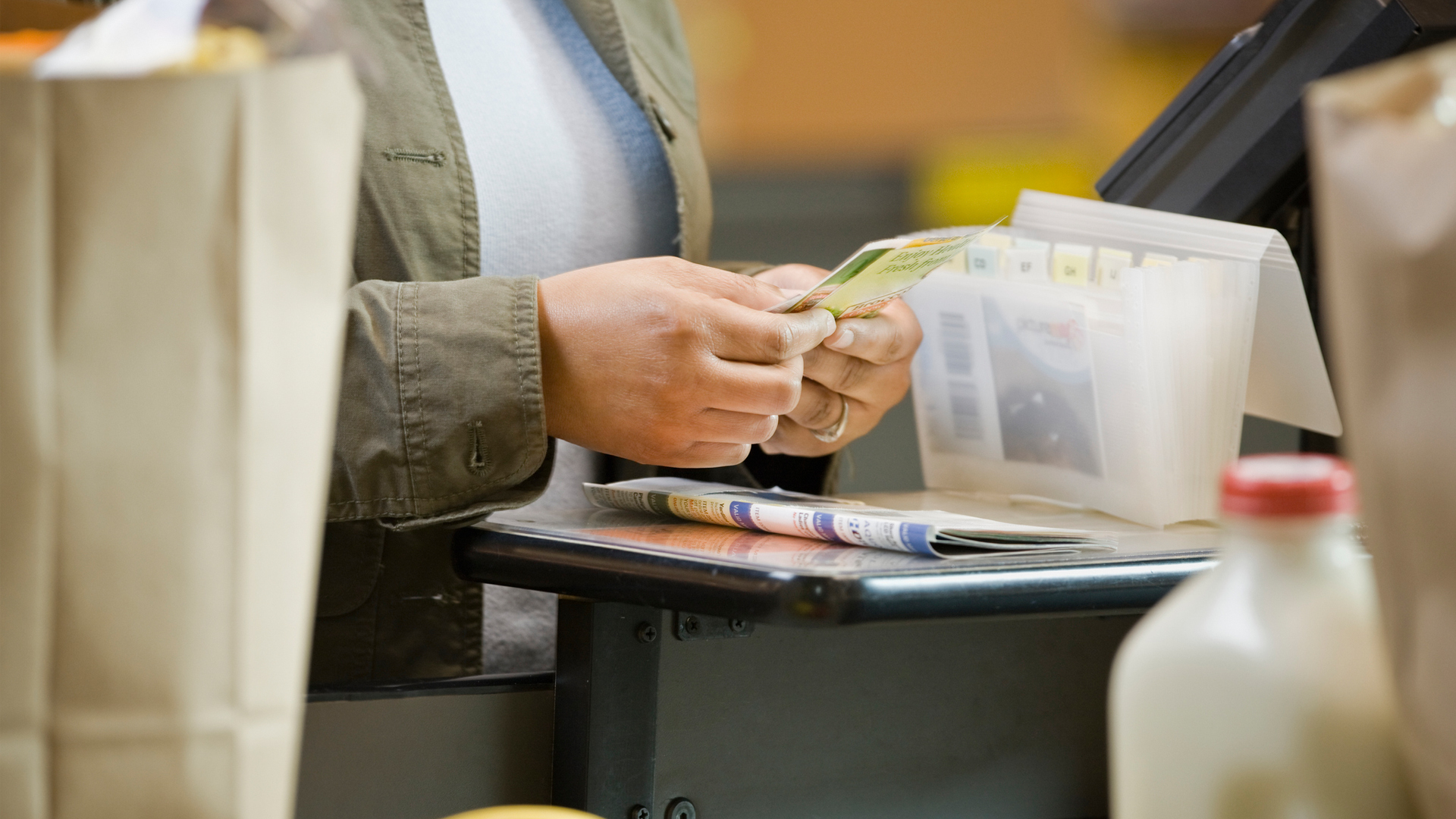
4. Be a loyal customer
Stores often have loyalty programs that it’s free to sign up to. There are often exclusive deals, offers, and discounts for loyalty card customers that you can take advantage of.
5. Choose wholemeal grains where you can
Not all whole grain ingredients are more expensive. There are simple swaps that you can make in the weekly grocery shop that will give you and your family extra fiber, vitamins, and minerals for the same money.
Wholegrain rice, pasta, and couscous are budget-friendly. Or visit a bulk bin store and buy big. Stored in a cool, dark place and tightly covered, whole grains can keep for months.
Quinoa, millet, and buckwheat are just as easy to cook as rice, and you’ll be getting a wider variety of vitamins and minerals into your diet.

6. Buy meat in bulk and freeze it where you can
You can lower the cost of meat across the week or month by buying family-size packs and freezing what you don’t use straight away. Lean meats are healthiest, so opt for chicken, turkey, or lean ground beef.
7. Find affordable sources of protein
Protein is an important building block of bones, muscles, and skin, and it’s especially important for growing children. Cheap and delicious sources of protein include eggs and canned seafood, such as tuna, sardines, and salmon.
Chickpeas, kidney beans, and lentils are also great sources of protein. They help to bulk up casseroles, soups, and stews, and they’re much cheaper than meat.
- Related: The best vegan sources of protein
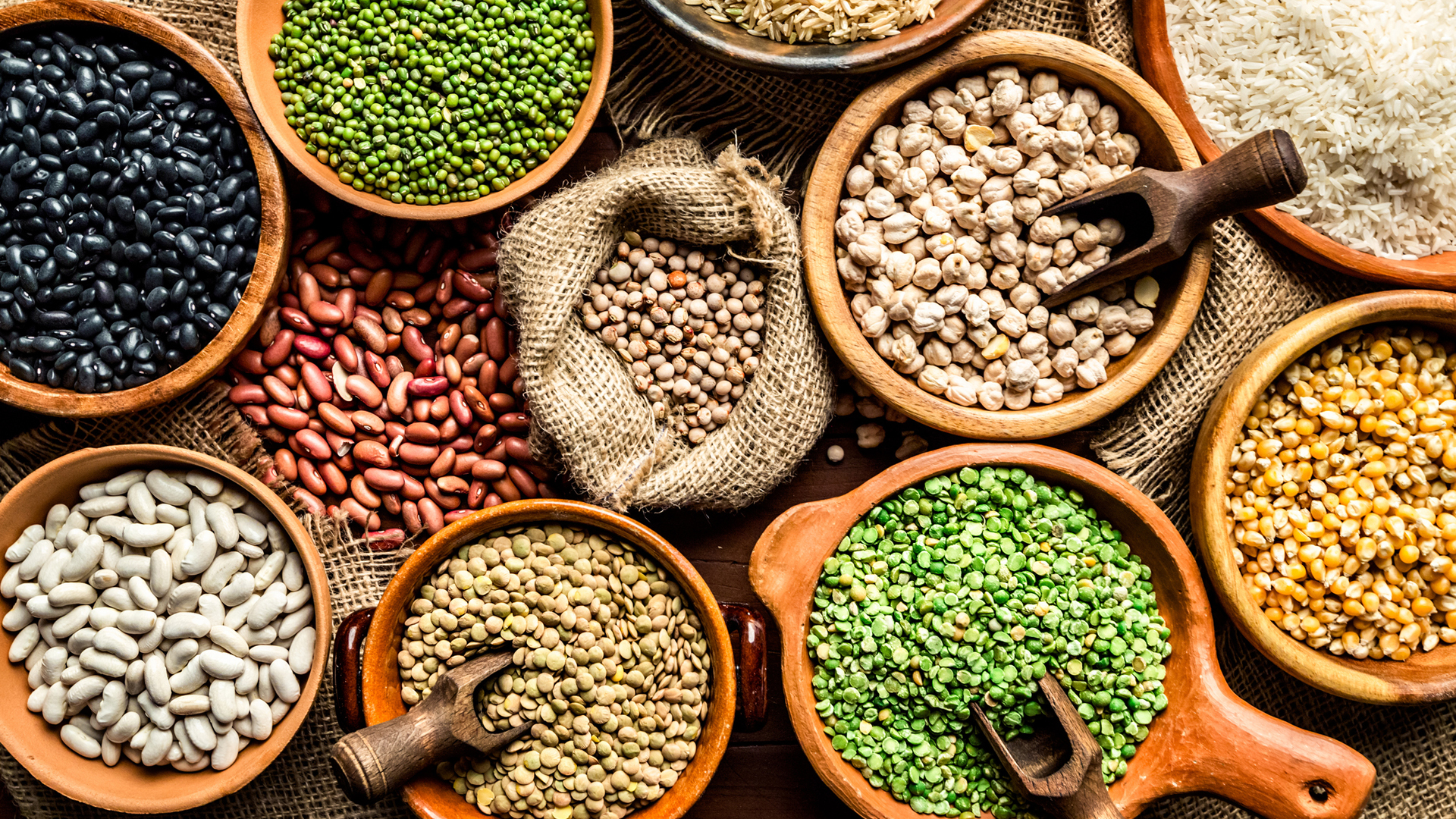
8. Understand the price tags
If you’re deciding between one small product and a larger version of the same product, it helps to understand the retail prices and the unit price. The retail price is the price of that product right off the shelf. The unit price tells you how much that product costs per pound, ounce, quart, etc.
Once you get the hang of this, you can work out how much money you’ll be saving by buying bigger and balance that up with whether you’ll be able to use all the product before it reaches the use-by date.
9. Buy in season
If you want to buy fresh fruit and vegetables, it’s better to buy them when they’re in season, when they’re usually cheaper and taste better. This guide to what’s in season will give you an idea of what to look for in the grocery store.
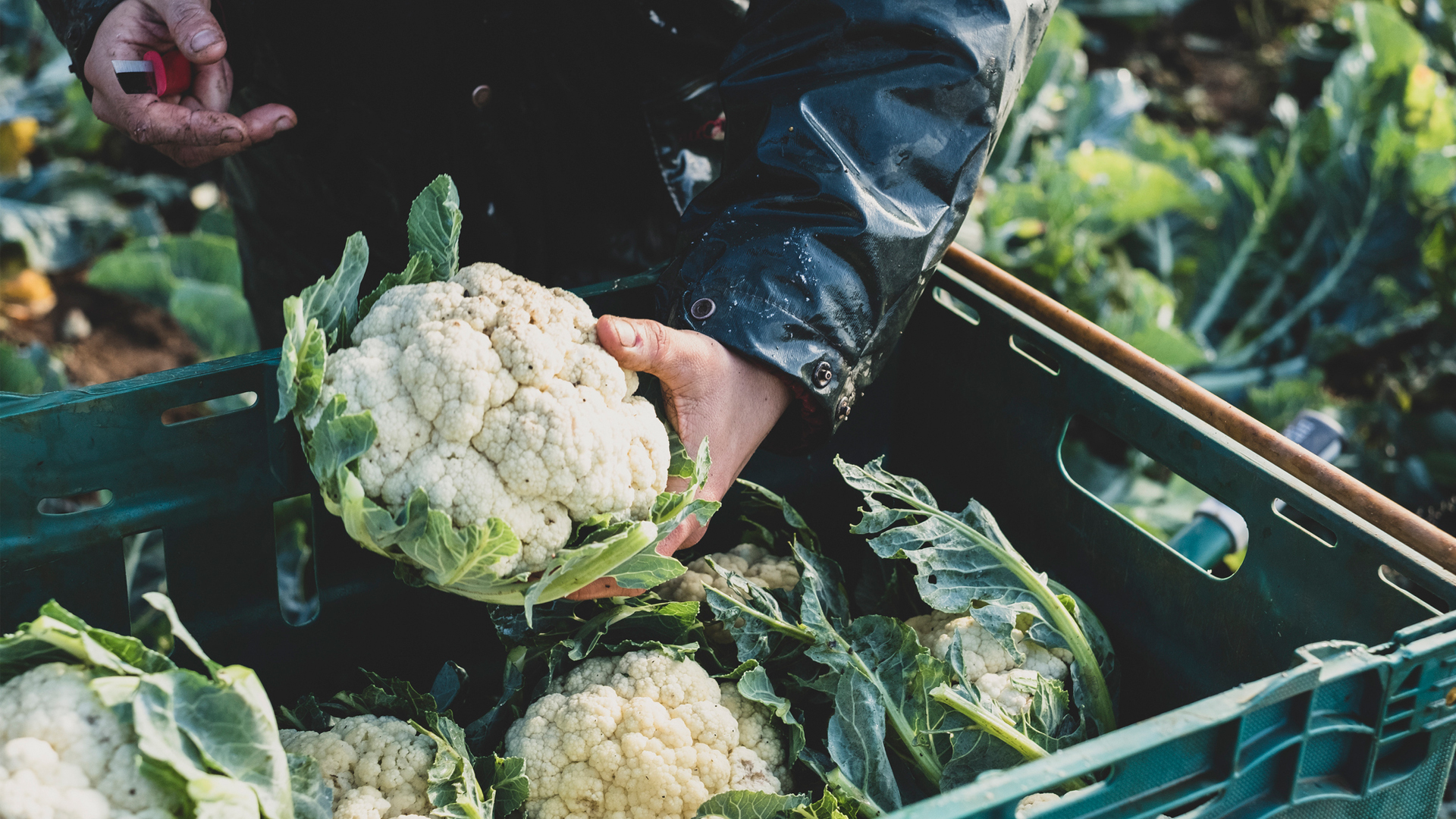
10. Grow your own
You don't need a large backyard to start growing fruit and vegetables. A hanging basket can provide strawberries, a growing sack can give you potatoes, and you can even grow zucchini (courgette) in a window box.
Even if you have little to no space, a pot of fresh herbs on a window sill is much cheaper than buying dried or cut varieties. Snodgrass suggests adding herbs to a meal instead of salt, to cut down on your sodium intake.
11. Avoid big-brand names
Ignore the end aisle offers and the big-brand names that tend to be positioned at eye level. Instead, look up or down for the no-frills versions of foods that your grocery store may provide under its own branding. Despite being essentially the same product, these versions are cheaper.
Some grocery stores also stock bags of so-called “ugly” vegetables or fruit. These items are usually slightly misshapen, but they still taste great and have all the nutritional value of their “perfect” counterparts. Plus, you’ll be helping the fight against food waste, as these fruits and veg can account for up to a third of global food waste every year.
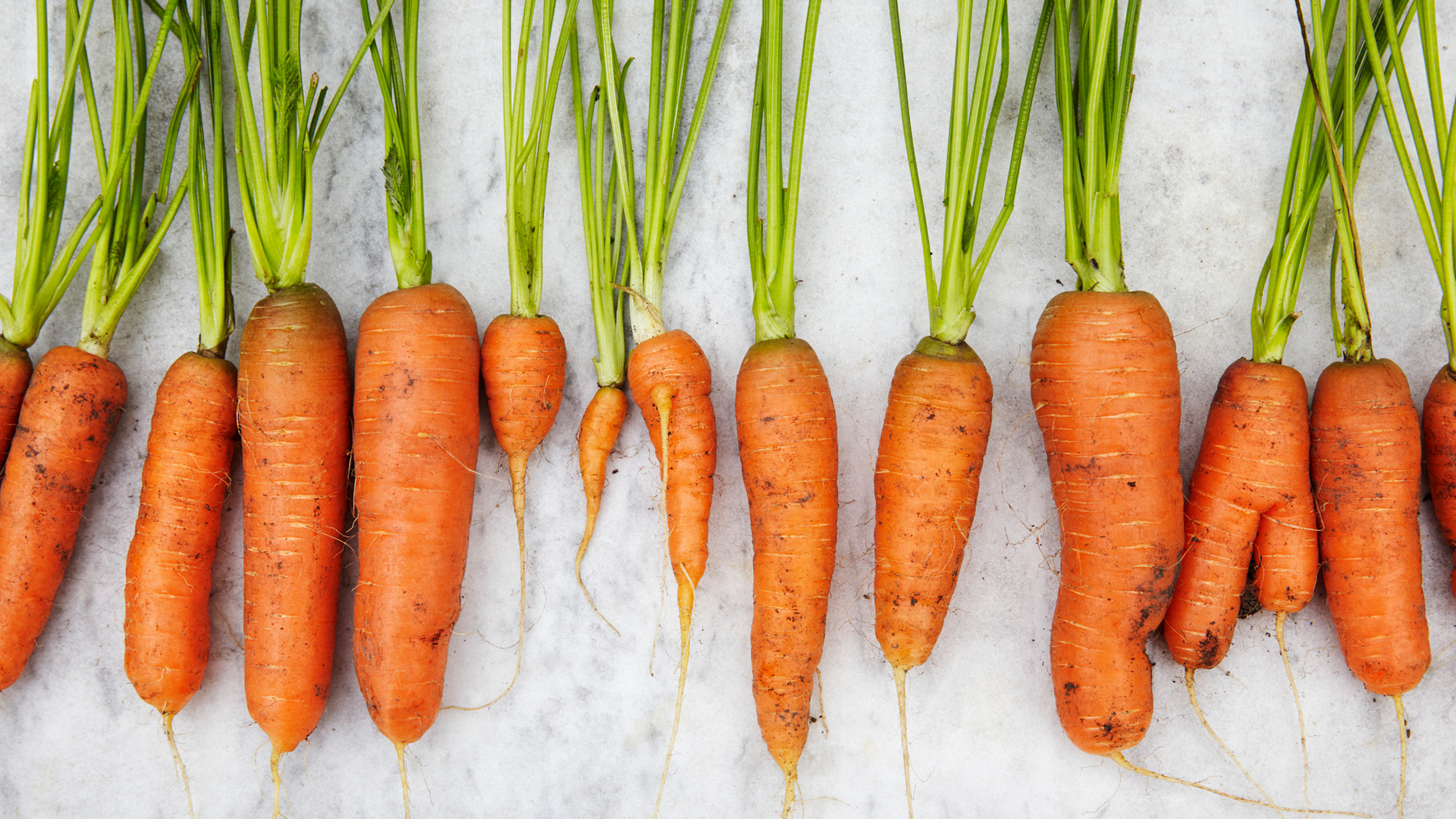
12. Make the most of those leftovers
Instead of scraping the plates into your trash can or garbage disposal, think about more creative ways to use them up. Leftover vegetables can be whizzed up into a nutritious vegetable soup, while fruits that are overripe can become delicious smoothies.
When you’re cooking a main meal, consider doubling up on ingredients so that you can freeze portions. This can work out to be much more affordable and saves you from reaching for that food delivery app when the kids are hungry, and you’re too busy or exhausted to cook from scratch.
Soups, stews, casseroles, and pasta bakes can all be portioned out and frozen. Make sure to label them clearly and include the date on which you froze them, so you don’t end up playing freezer roulette.
Joanne Lewsley is a UK-based freelance writer and editor, covering health and lifestyle news and features. She mainly creates evidence-based health and parenting content and has worked with a number of global sites, including BabyCentre UK, Medical News Today, Fit & Well, Top Ten Reviews, and Yahoo!



